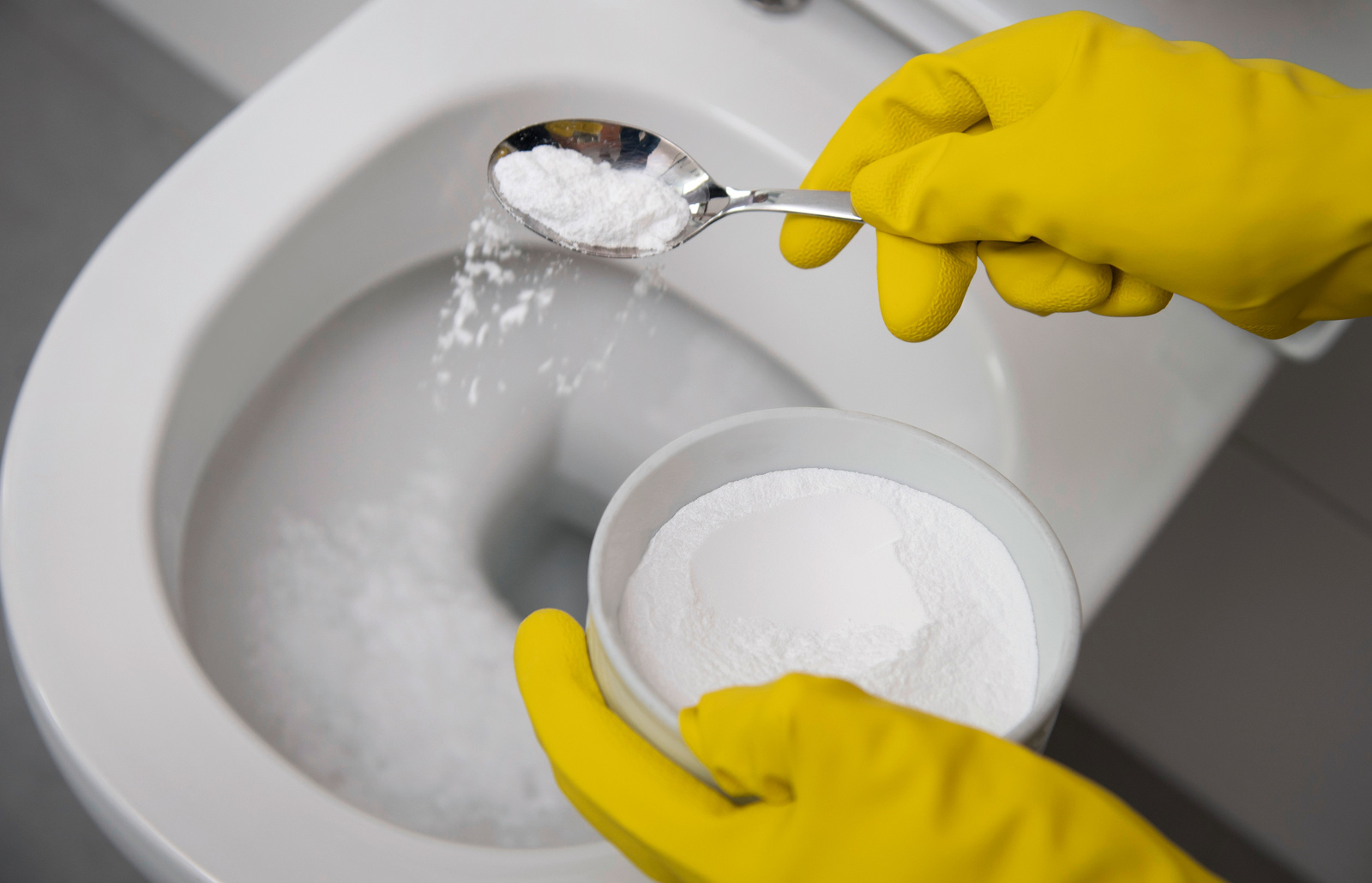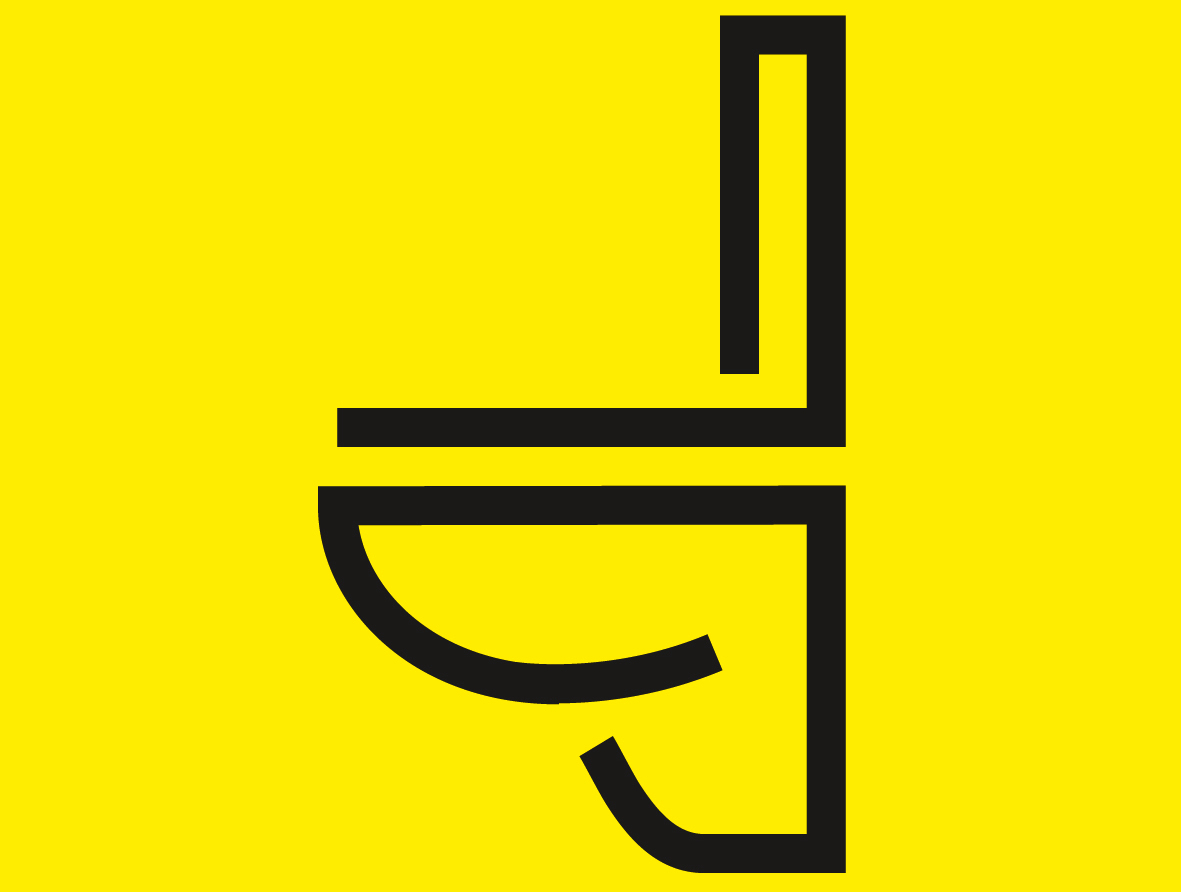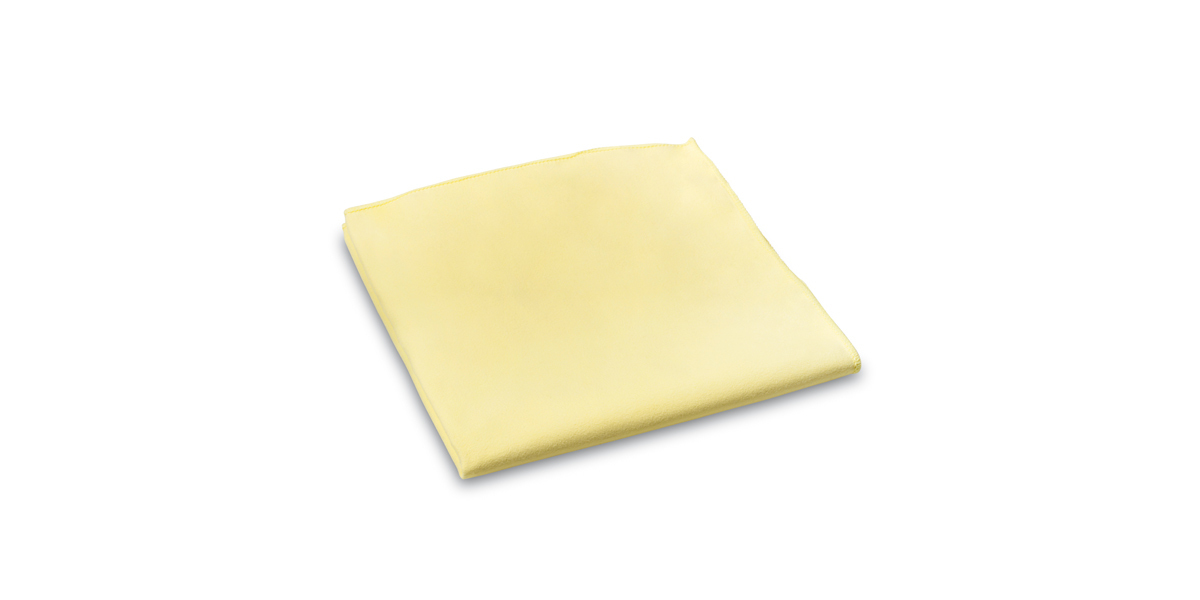Cleaning the toilet
A clean toilet is something many people class as a basic necessity, yet cleaning it is one of the least popular household chores. With the right procedure and a few tips, your toilet will be clean and hygienic again in no time.

Typical dirt: Lime deposits and urine scale
As is the case in many other places in the bathroom, lime deposits build up over time in toilets too. The most challenging aspect is what is known as urine scale, which is formed from lime and urine. Urine scale forms primarily around the edge of the toilet and where the toilet surface bends. Other dirt particles and bacteria can easily gather on the textured surface of the deposits, which results in yellow-brown spots. Small deposits can be removed physically with a brush. If you use the toilet brush regularly, ideally every time the toilet is used, stubborn urine scale will not usually form. This is particularly important with water containing lime.
Which detergent helps with lime and urine scale?
If deposits still form despite regular physical cleaning, they have to be removed with the appropriate detergent. Lime and urine scale contribute to mineral contamination and can be dealt with using acidic detergents (with a pH < 7). Commercially available WC cleaner therefore has a particularly low pH, meaning it is highly acidic. Firstly, apply the detergent and leave it to work as per the manufacturer's instructions. Then scrub well with a brush – the physical movement of the bristles helps to remove stubborn deposits. Finally, rinse several times until the detergent and dirt has been removed completely.


Tip
Make sure to put the lid and seat of the toilet up while cleaning so as to avoid unwanted splatters.
Cleaning the toilet with household remedies
Alternatively, the toilet can also be cleaned using various household remedies. Washing powder is a particularly popular choice, which works very well against lime and urine scale thanks to its integrated water-softening and bleaching agent. To do so, simply sprinkle the inside of the toilet with washing powder, leave it to work for around 15 minutes, then clean with the toilet brush. Finally, give it a rinse and your toilet will shine like new.
Another popular household remedy is a combination of vinegar and bicarbonate of soda. To use this, pour half a litre of vinegar and 2–3 tablespoons of bicarbonate of soda into the toilet and spread it around. Alternatively, you can use 100 ml of vinegar essence or baking powder instead of bicarbonate of soda. Leave the mixture to work for around 15 minutes, then scrub with the brush to remove the lime and urine scale. Cola or denture cleansing tabs can also be used; however, you will need to leave these household remedies to work for around 30 minutes.

Mild cleaners are sufficient for the outside
Wiping the outer surface with a damp cloth and mild detergent is enough to clean the outside of the toilet bowl, and the same goes for the toilet seat and lid. When doing this, you should avoid scrubbing, as well as cleaners containing chlorine or acids – these often cause yellow discolouration or attach the paintwork on the seat. Discolouration also occurs due to lime deposits and urine scale. Here, only regular cleaning helps to keep the seat clean in the long term.


Preventing toilet blockages
Food residue, hair and sanitary towels should not be put down the toilet as they can easily block the drain. Paper tissues and kitchen towel should not be disposed of in the toilet because, unlike toilet paper, they do not dissolve in water. If the drain is blocked, you will need a plunger or plumber's snake. In the worst-case scenario, you'll have to rely on expensive assistance from a professional.







